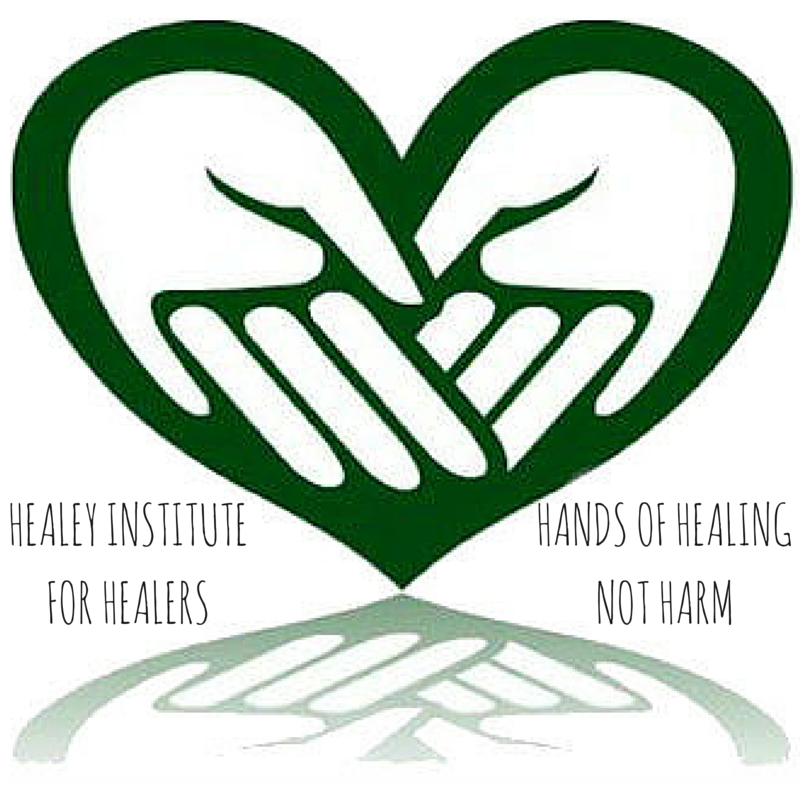Beneath all of our feet is a beautiful spinning orb of molten magma. It is the core of our very existence. Sometimes, if we are lucky, we get a glimpse into this deathly yet life sustaining energy. The doorways of active fault lines create monuments for all brave enough to see. One such monument was Perbuatan volcano in Krakatoa
One-hundred and thirty years ago in 1883, the loudest known explosion in our recorded history in Krakatoa erupted. The volcanic mammoth called Perbuatan erupted and the following day collapsed in four gigantic explosions that could be heard 3,000 miles (4600 kilometers) to Rodriguez Island in the Indian Ocean. The shockwaves registered on barometers around the world, and the tsunamis released by its collapse decimated the area’s land, sky, and water life. Perbuatan’s released energy is estimated to be 10,000 times greater than the bomb dropped on Hiroshima (100+ megatons of TNT). According to recent figures, 36,000-100,000 people were sadly killed as a result.
The resulting sound wave rumbled 4600 kilometers to Rodriguez Island in the Indian Ocean. A plume of debris—magma, rock, and ash—rocketed 5 kilometers into the sky, as 18 cubic kilometers of the island exploded upward. Ash fell to the ground 840 kilometers away in Singapore. A 40-meter wave scoured a path that destroyed the coral reefs and coastal towns in its path. A cloud of volcanic sulphur dioxide and dust dissipated 50 miles high into the stratosphere, creating green sunrises and red sunsets, and lowering global temperatures as much as 1/2 degree centigrade for five years following the blast.
“In London, the evening sky in November 1883 turned such an intense red that people thought there was a huge fire and called out fire engines. In Norway, blood red sunsets are thought to have inspired Edvard Munch’s surreal sky in The Scream, as he wrote at the time: ‘clouds like blood and tongues of fire hung above the blue-black fjord and the city.’ The dusty atmosphere also made the sun and moon turn blue or green, and in 1884 another phenomenon, the Bishop’s ring, appeared, as bluish-white, bronze and brown circles enveloped the sun.”
A massive underwater crater and a sickle-shaped, barren remnant of land were all that remained after the eruption; and the new landmass named Rakatoa was born.
However, what was uninhabitable by humans would soon to become a paradise for new life.
“In the months and years that followed the eruption, wildlife returned to the island by surprising methods. Spiders released silken threads into the wind and took to the air, floating over miles of open water before falling down on their new island home. Scientists suspect that the monitor lizard and the reticulated python swam to the island. Bats and birds—brave enough to venture out from the safe forest cover of Java and Sumatra—flew to the island. Rafts of floating debris such as logs or branches, provided transport for larger animals: mammals, amphibians, and reptiles.
Once these animals arrived to Rakata, they entered a growing, dynamic environment. The new arrivals created and filled novel habitats, continually changing and reshaping the face of Rakata. Some creatures flourished and then became extinct without explanation. Others remained extant when conditions were far from ideal. Populations of some species have reached an equilibrium while other populations continue to grow or decrease.
Krakatau and Rakata offer much hope for the resiliency of ecological systems. If you were to visit Rakata today, after a mere century of recolonization—a quick flash in geological time—you would see an island teaming with life. By studying the pattern of recolonization, regrowth, and population dynamics on Rakata, we can extrapolate and apply this understanding to help manage the isolated wildlands carved out by human development.”
This is why we need balance in the world. Coming to terms with this dynamic living on our Mother Earth is hard to digest at first. Understanding however does not condone the horrors that are caused as a result of an act of nature. These acts are out of our hands, save the hand of the HAARP Project. Mother Earth is a living breathing super-organism that is self sustaining, however her methods are not always safe, but they are always beautiful. If we can learn to appreciate the enormous power that our planet’s biosphere and natural world community has, we can learn something.These self-reinforcing cycles of volcanic activity help to shape our world. Literally. They shape the very land we walk on, the very air we breath, and the very waters we drink. We as smart humans should learn from our past and attempt to live more in alignment with nature, and create systems to promote our own self sustainability using our Earth-given intelligence.
REFERENCES
- Wilson, E.O. The Diversity of Life. Harvard University Press. 29 October 2002. Pages 16-23.
- Simkin T, Fiske R. 1983. Krakatau 1883: the volcanic eruption and its effects: Smithsonian Institution Press, Washington DC, 464 p.
- Moore, P. (1999). Ecology: A shrike for mobility. Nature, 397(6714), 21-23. DOI: 10.1038/16148
- Edvard Munch’s The Scream comes to London
- The Island That Exploded: Examining the Wildlife of Rakata After Krakatau Erupted by Laura Klappenbach,
- Weatherwatch: Krakatoa – death, destruction and dust by Jeremy Plester from The Guardian,


